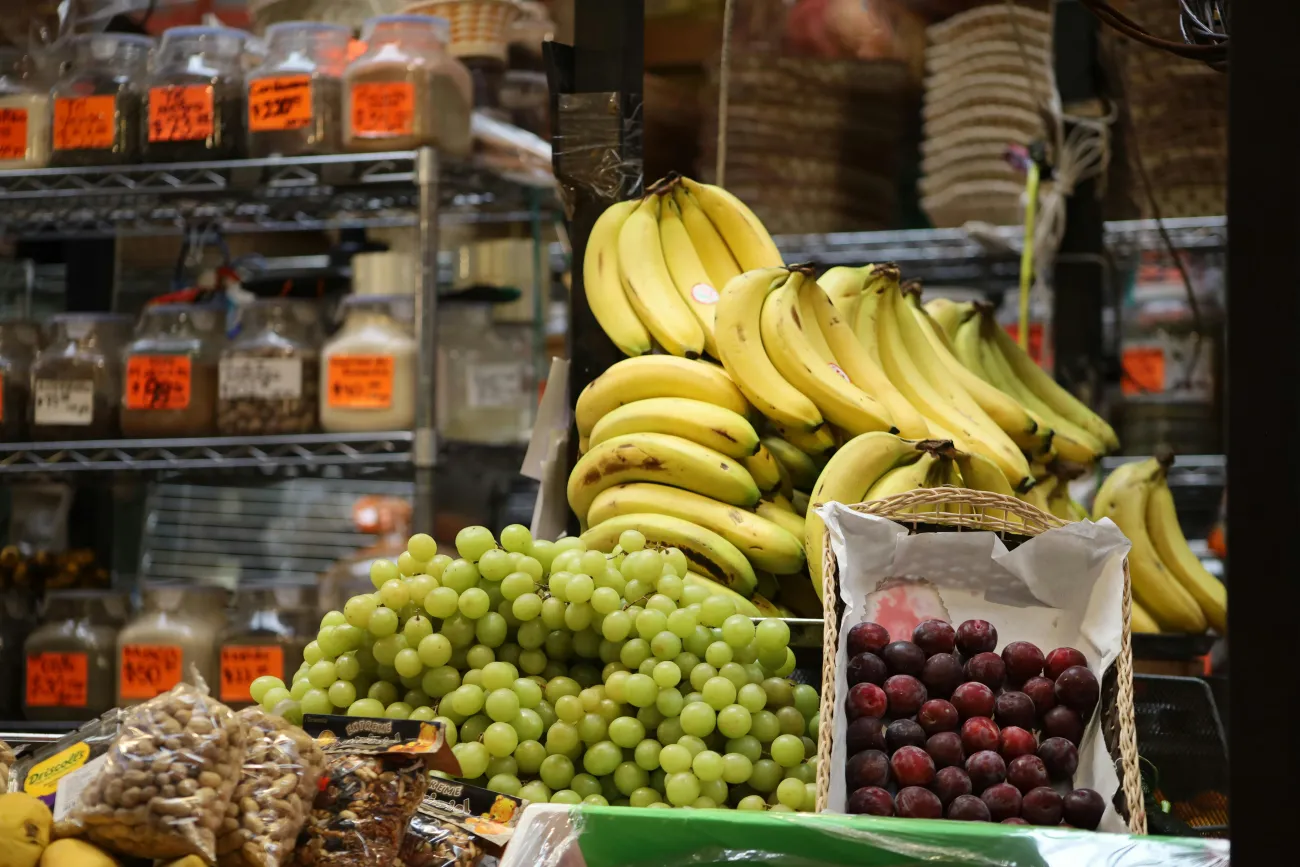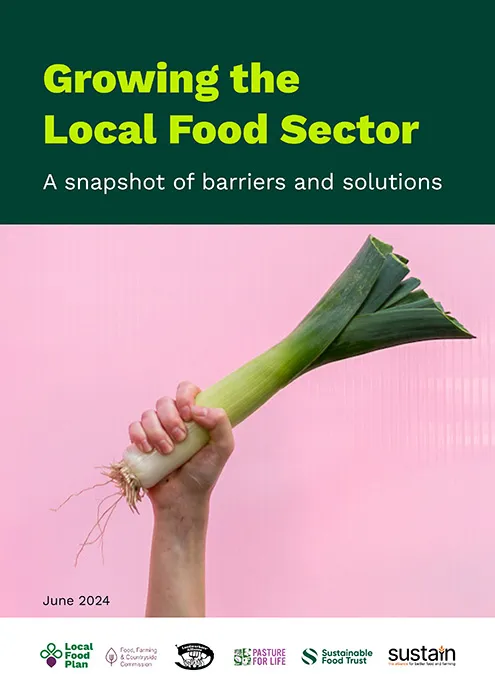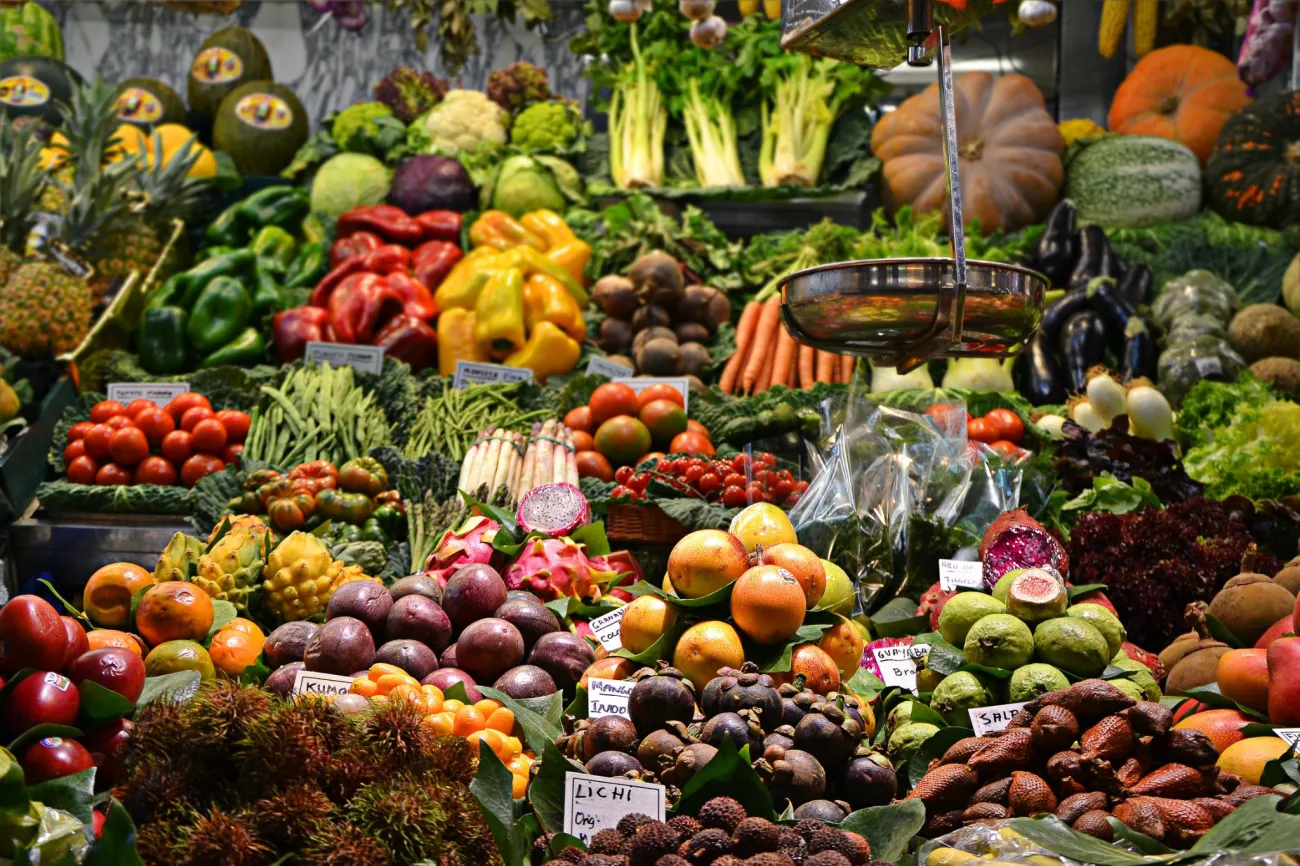Defra has published the results of a study which looked at the environmental impact of consuming foods that are produced locally in season. One of Defra’s current high level environmental behaviour goals is for consumers to eat more food that is locally in season.
This research sought to determine whether this behaviour should remain as a high-level goal, based on the available evidence as to its effectiveness in reducing the environmental impacts of current patterns of food consumption.
Hence the aim of the research was to examine whether consumption of locally in season food should be a criterion for sustainable food purchasing.
The main objectives were:
• To identify the definitions and concepts of seasonality and how these have evolved over time.
• To assess how environmental impacts vary based upon different definitions and concepts.
• To undertake an analysis of the life-cycle impacts of selected commodities in different production scenarios to determine environmental impacts.
• To assess consumers’ awareness and understanding of seasonality as well as their attitudes and current behaviour towards seasonal food to enable patterns of consumption to be identified.
• To understand both the promoters and barriers to consumption of seasonal produce in terms of current messages around seasonal, fresh produce as opposed to imported or non-seasonal produce.
• To assess the likely environmental costs and benefits of an increase in seasonal consumption and assess to what extent should consumption of foods produced locally in season be used as a criterion of sustainable food purchasing.
The report’s conclusions, which are interesting and nuanced, are as follows:
The definition of environmentally sustainable food is multidimensional, complicated by resource availability at point of production. There is not one consistent seasonal food definition that results in a reduced environmental impact across different products as neither production season nor distance of travel provide good proxies for environmental impacts; furthermore, there are often trade-offs between environmental impacts. Used in isolation, defining food as “in season” does not provide a good blanket criterion for environmentally sustainable food purchasing.
Based solely upon the case studies investigated in this project, a definition of seasonal food based on the consumer viewpoint and therefore incorporating a local link between production and consumption (e.g. produced and consumed in the same climatic zone without high energy use for growing or storage) provided a better indicator than the global definition of production-supply systems with lower environmental impacts. That is to say that in more case studies it pointed to the system with lower impacts for more categories of environmental impact, without making any allowance for the relative importance to society of the different impact categories. There may be several reasons for why a more local definition of seasonal pointed to lower impact products:
• Firstly, while transport-derived emissions are not significant drivers of carbon footprint or water footprint, they are significant drivers of acidification and photochemical oxidant creation potential; emissions from the generation of electricity to power cold stores also contribute to these impact categories.
• Secondly, true out-of-season production (i.e. out-of-season at the place of production) requires the input of artificial energy – either directly or (in the case of livestock) as embedded energy used to produce supplemental feed to support out of season production these inputs drive abiotic resource depletion (in these cases essentially an indicator of fossil fuel use) and carbon footprint. Out-of-season supply to the UK from Southern Europe may avoid higher energy use in primary production to some extent, but brings the pressure experienced by some Southern European water resources into the picture.
These general drivers might be the same in many cases. Pesticide use, on the other hand, may well reflect the practice of individual producers and the demands of individual products to a much greater extent. Differences in yield may well tip the balance toward one production-supply system or another in individual cases.
Throughout all the case studies the variability between the environmental impacts was typically of a low to medium magnitude, so any benefits derived from a shift in procurement would be of a similar nature. However, the trade data shows that the majority of the food production scenarios assessed are complimentary supply scenarios evolved to fill gaps in availability. Contrary to popular belief, within the current food system the opportunity to source a commodity from different production systems or regions at the same time is limited. Therefore at any time the choice available will primarily be between different commodities rather than between one commodity produced in different regions or production systems.
Attempts to support a seasonal food definition when claiming environmental benefits of seasonal food would require additional procurement criteria which take into account a range of performance indicators such as resource efficiency and good agricultural practices; importantly, resource availability, specifically water resources at the point of production should also be considered.
There is a conflict between the need to provide the consumer with a clear and simple message and the need to conduct a complex environmental assessment if trying to convey a positive message on seasonal food consumption. These environmental impacts should be considered by the supply chain but any messages to consumers need to be clear and simple.
For the full report, click here.




Comments (0)